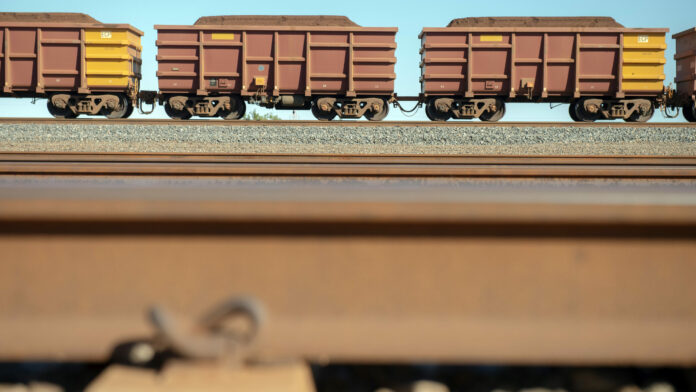
COAL deliveries to Richards Bay are 6% higher year-on-year but the iron ore line is yet to record significant improvements, said RMB Morgan Stanley.
The bank said were South Africa’s coal and iron ore exports return to 2019 levels, it would mean R41bn in additional exports and about R5bn in tax revenue. Coal exports in that year totalled 72.3 million tons (Mt) which compares to 47.21Mt in 2023.
“A recovery to 2019 levels is a long way off, but the direction of travel appears to have shifted,” it said.
If the bank’s assessment is correct, this would fall in line with the estimate of Alan Waller, CEO of Richards Bay Coal Terminal (RBCT) who said in July coal exports were on course for total deliveries of about 50Mt for 2024 (about 6.4% higher).
“For July month-to-date we are sitting at about a 55Mt/year rate so we are seeing the benefits of some of the work that has been done,” he said at the time. “It has been slow but it is starting to come through.
“The hope at this stage is that we should get to the 50Mt for the year.”
The tempo, or average run rate, of the rail coal line was the equivalent of 5.8Mt in sales. Judging from the past few months, however, that has increased to a tempo of about 6.2Mt for the second half of the calendar year, said July Ndlovu, CEO of Thungela regarding the firm’s 2024 performance as of end-October.
“Let’s see where [Transnet] is at the end of this year. But it’s encouraging that since the shutdown [for maintenance] the system has been stabilising,” he said.
“Transnet conducted annual maintenance on the coal line at the end of July/early August and since then volumes have improved strongly,” said RMB Morgan Stanley analysts. This performance coincides with better locomotive availability as Transnet took locomotives off in the second quarter in order to fit new compressors and batteries sourced by the RBCT and returned them to service in the third quarter.
“We’ve noticed in the past that performance tends to recover temporarily after a maintenance shut, and then deteriorates, but this time rail performance has held up better than we expected,” the analysts said.
Speed restrictions set at 100km/h were lifted after the maintenance shut, which should improve throughput in theory, but this hasn’t translated into a volume uplift.
On the iron ore line, maintenance was conducted in October, but traction is yet to materialise. Hatch, the engineering firm, ran an assessment of the line – completed by the middle of the year – but a meaningful recovery was not expected until 2026.











